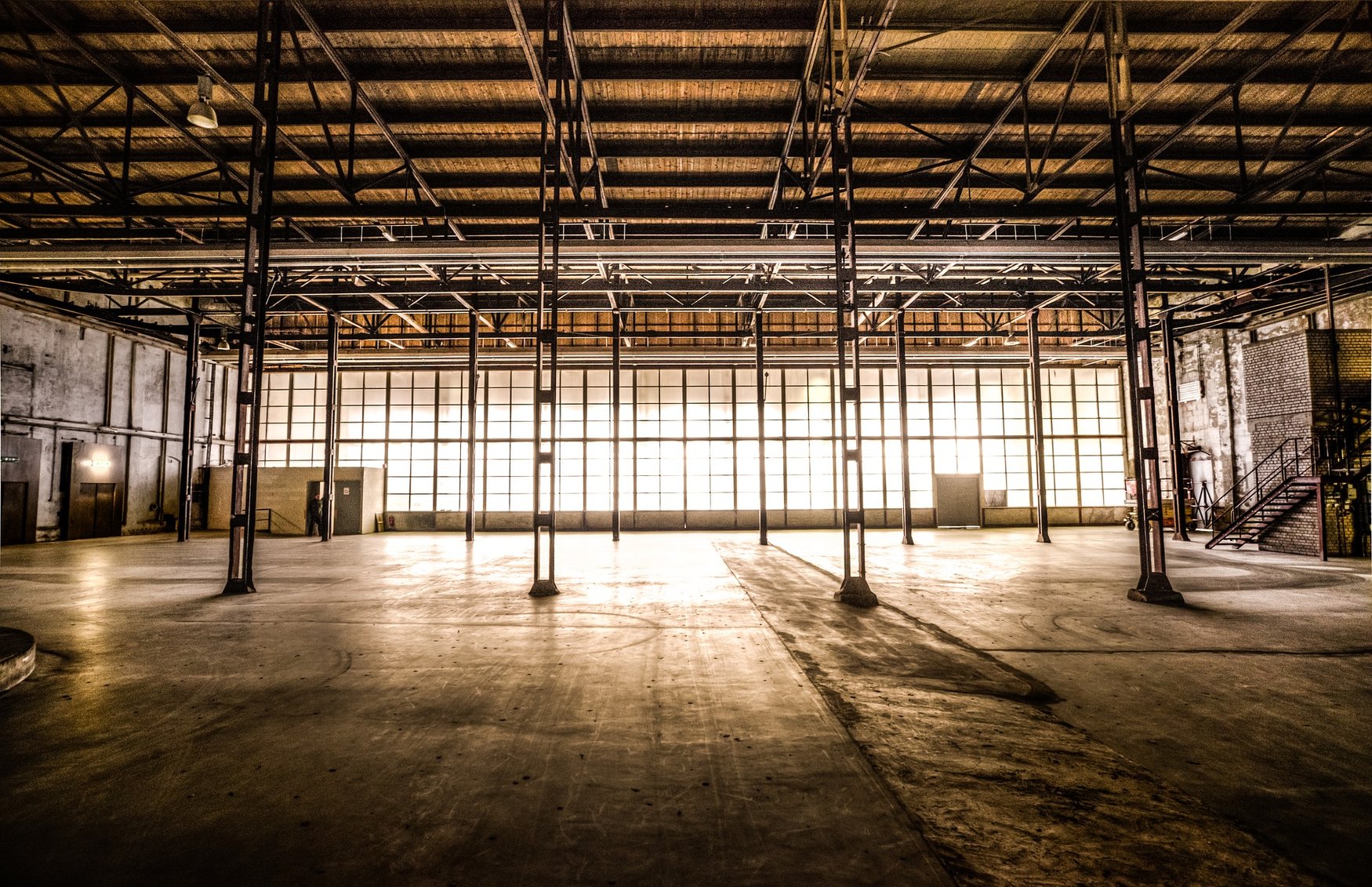How to Size an Emergency Generator for Commercial Space

Commercial buildings receive constant visitors who move throughout the facility all day long, and an emergency generator plays a key role in providing safe conditions. The NYC Building Code classifies buildings where goods as displayed and sold under Mercantile Group M, which includes department stores, wholesale and retail stores, drugstores, markets and sales rooms. Commercial buildings are subject to the general requirements for emergency and standby generators, with no additional requirements that are specific for their occupancy. However, when commercial buildings are part of a mall there may be additional requirements for the rest of the facility - these are under the responsibility of another party when the commercial business does not own the entire facility.
Emergency and standby generators both provide backup power for key loads, with the difference that the loads covered by emergency generators are critical for occupant safety, while those covered by a standby power system may cause inconvenience if they cease to operate, but not necessarily life-threatening conditions.
All emergency and standby power systems in New York City must meet a set of common requirements regardless of the occupancy for which they are intended:
- Batteries are only allowed for lighting, as long as they can power the full lighting load for a period of 1.5 hours and without allowing their output voltage to drop below 87.5%. The use of batteries for any other load other than lighting requires direct approval from the NYC Department of Buildings, and this includes uninterruptible power supplies (UPS).
- Generators running with fossil fuels must have an on-site supply allowing them to run for at least 6 hours at full output. The only exception is for standby generators, which are allowed to run with the utility gas supply, as long as they have a control valve that is independent from the rest of the installation.
- Neither generators nor their distribution systems must be installed in the same room where the main electric service equipment located. The must have a dedicated room enclosed with 2-hour fire barriers or horizontal assemblies.
Emergency and standby power systems in New York City are subject to requirements from many standards and codes. These include NYC-specific documents such as the Building, Electrical and Fire Codes; as well as nationwide standards such as standards 110 and 111 by the National Fire Protection Association.
How to Size an Emergency Generator for a Commercial Building
The NYC Building Code lists the pieces of equipment and building systems required to have an emergency power supply in Chapter 27:
- Lighting loads: Exit signs and means of egress illumination. Keep in mind that these loads do not count when sizing the generator if they are equipped with batteries that meet the NYC Electrical Code.
- Elevator loads: The emergency generator must be sized to power elevators controls, cab lights, ventilation systems and any other systems required for occupant safety.
How to Size a Standby Generator for a Commercial Building
There is a separate list of equipment and systems that must be considered when sizing a standby generator. It is important to note that these are mandatory as well, and should not be considered optional requirements after emergency loads are covered.
- Smoke control systems, mechanical ventilation and fire detection systems in smokeproof enclosures, and elevator shaft pressurization systems.
- Elevators
- Horizontal sliding doors
- Auxiliary inflation systems in membrane structures such as outdoor tents.
Additional Requirements for Commercial Buildings
Commercial buildings are often joined with a larger facility, and additional requirements apply in these cases. Covered malls, high-rise buildings and underground locations are subject to additional requirements in the NYC Building Code. If you are the project developer make sure any extra requirements are covered, and if you are leasing the commercial building verify that the complex where it is located is properly covered with emergency and standby power systems.
Conclusion
Emergency and standby generators in New York City are subject to multiple requirements and require the submission of a testing report by a registered design professional, based on tests carried out by an approved third party. For this reason, hiring a qualified consultant or design from the start of the project is highly recommended - adjusting design documents and technical specifications to meet the applicable codes is faster and much less expensive than performing corrections on an installed system, especially when equipment as expensive as generators is involved.

Anuj Srivastava
Anuj Srivastava is a principal partner at NY Engineers. He is known for his MEP franchise market knowledge. Anuj is currently leading a team of 100+ MEP/FP engineers and has successfully led over 1500 franchise projects in the US.
Join 15,000+ Fellow Architects and Contractors
Get expert engineering tips straight to your inbox. Subscribe to the NY Engineers Blog below.


